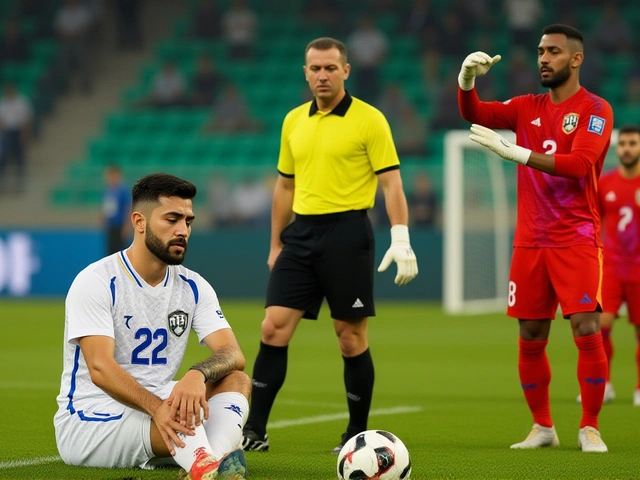Hindi-Marathi Conflict: What’s Behind This Language Clash?
If you’ve heard about the Hindi-Marathi conflict, you might be wondering why language causes such strong feelings. This isn’t just about words; it’s about identity, culture, and regional pride, mainly in the state of Maharashtra, India.
The Hindi-Marathi conflict centers around which language should dominate in public spaces like schools, government offices, and media. Marathi is the state's official language, but Hindi, spoken widely across northern India, often overlaps, causing tension. People who speak Marathi feel their language and culture are at risk of being overshadowed by Hindi's growing influence.
Why Does This Conflict Matter?
This clash isn’t new — it goes back decades, tracing roots to India’s complex history of language and regional politics. In Maharashtra, Marathi speakers see their language as a key part of their social and cultural fabric. When Hindi gets priority in government services or education, locals feel ignored or pushed aside.
On the other hand, supporters of Hindi emphasize its role as a national language that connects diverse parts of India. They argue that promoting Hindi helps unity and communication between regions. But this often clashes with the reality that language is deeply tied to local identity and people's everyday lives.
How Does This Affect Daily Life?
The conflict impacts schools, job opportunities, and even relationships between communities. For example, some schools push for instruction in Hindi, which worries Marathi-speaking families who want their children to learn in Marathi. Jobseekers might face language requirements that favor Hindi or Marathi, depending on the employer, creating extra hurdles.
These tensions sometimes lead to protests or political campaigns. Groups ask for government support to protect Marathi, pushing back against what they see as Hindi domination. Meanwhile, some Hindi speakers feel caught in the middle, just trying to get by without offending local pride.
Understanding the Hindi-Marathi conflict is about recognizing how language isn’t just words—it’s about respect and belonging. By appreciating these feelings, communities can work toward solutions that honor both languages and the people behind them.









